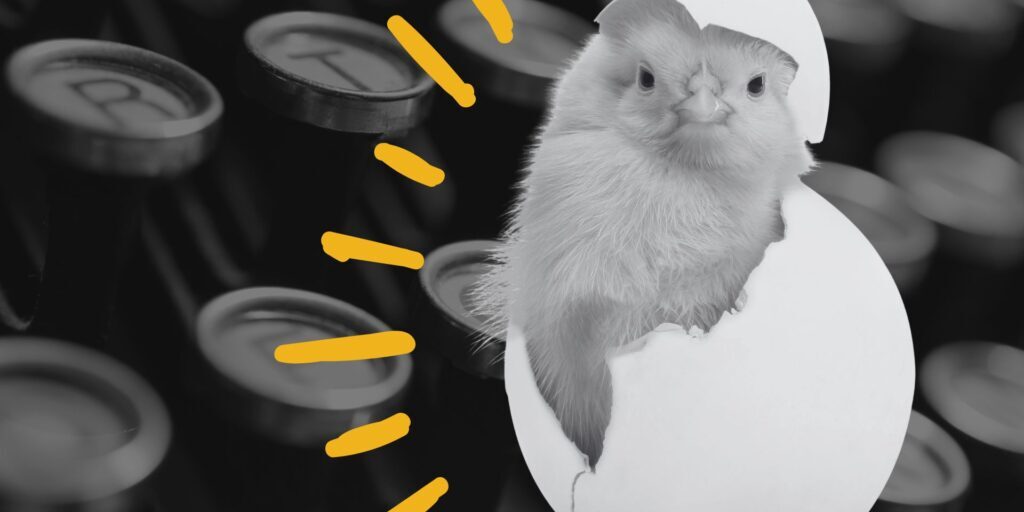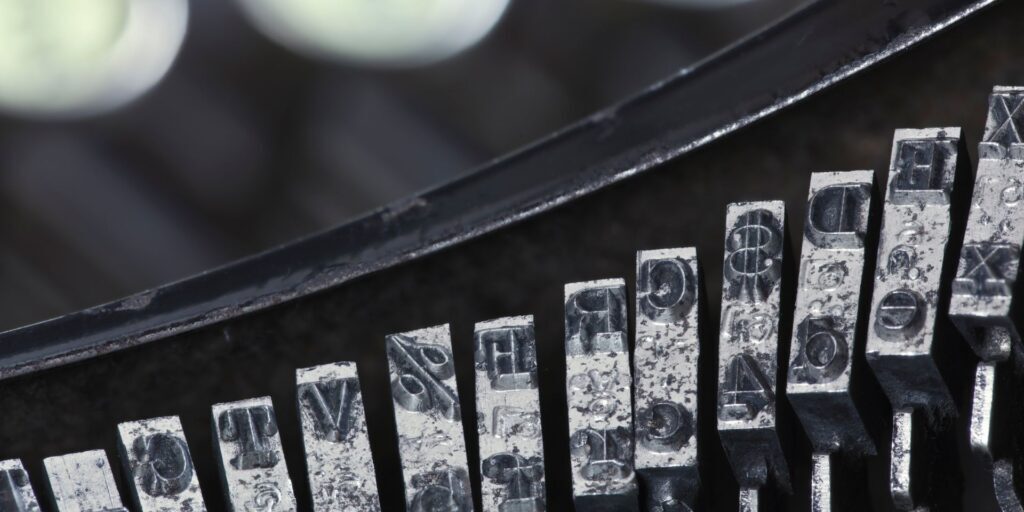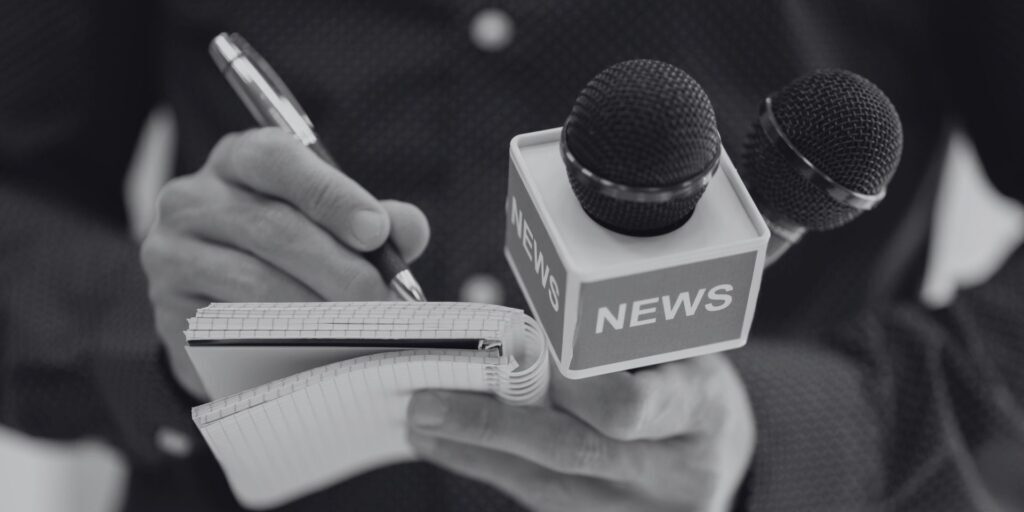The Latest

81% of ‘readers’ don’t read
67% skim vs. reading word-by-word How do people read news online? They don't, according to the latest Harris Interactive poll....
Persuasive writing

81% of ‘readers’ don’t read
67% skim vs. reading word-by-word How do people read news online? They don't, according to the latest Harris Interactive poll....
AI writing
Channels

81% of ‘readers’ don’t read
67% skim vs. reading word-by-word How do people read news online? They don't, according to the latest Harris Interactive poll....


Are you
ready to
make your
readers
We can’t wait to work with you!













